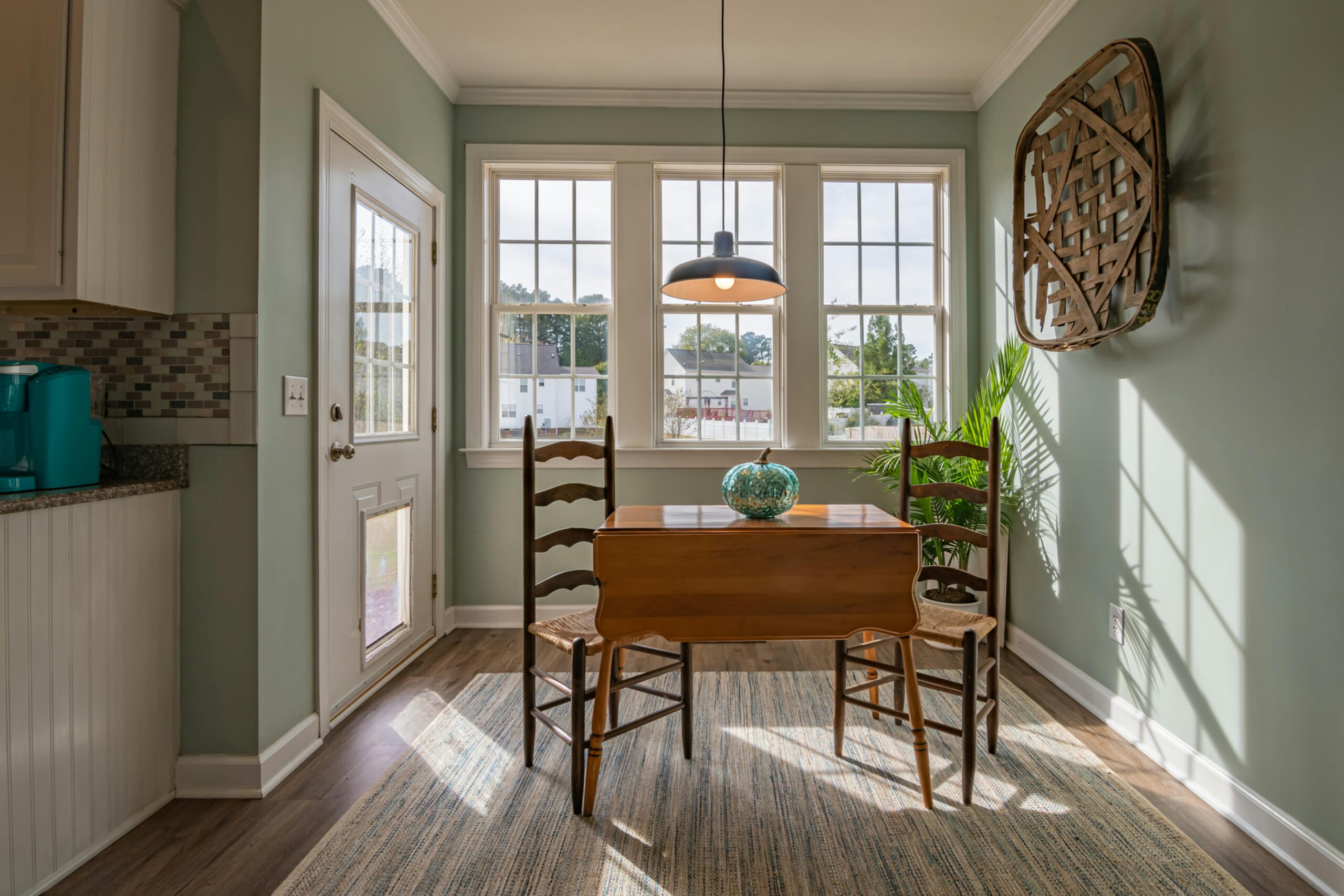In recent years, the real estate industry has increasingly focused on wellness and sustainability. These trends reflect a growing awareness of the impact that buildings and communities have on health and the environment. Here’s how real estate trends are embracing these crucial elements.
1. Green Building Certifications
Green building certifications, such as LEED (Leadership in Energy and Environmental Design) and WELL Building Standard, are becoming more popular. These certifications ensure that buildings meet specific criteria for sustainability and occupant health.
Key Points:
- LEED Certification: Focuses on energy efficiency, water conservation, and sustainable building materials.
- WELL Building Standard: Emphasizes human health and well-being, including air quality, lighting, and fitness opportunities.
- Benefits: Certified buildings often have lower operating costs, higher property values, and healthier environments for occupants.
2. Energy-Efficient Homes
Energy efficiency is a major component of sustainable real estate. Homes designed with energy efficiency in mind reduce utility costs and environmental impact.
Key Points:
- Insulation and Windows: High-quality insulation and energy-efficient windows reduce heating and cooling needs.
- Energy-Efficient Appliances: Appliances with ENERGY STAR ratings use less energy and water.
- Renewable Energy: Solar panels and other renewable energy sources are becoming more common in residential properties.
3. Sustainable Building Materials
Using sustainable building materials reduces the environmental impact of construction and promotes a healthier living environment.
Key Points:
- Recycled Materials: Materials like reclaimed wood and recycled steel are eco-friendly and durable.
- Low-VOC Products: Paints, finishes, and adhesives with low volatile organic compounds (VOCs) improve indoor air quality.
- Bamboo and Cork: These rapidly renewable resources are being used for flooring and other building components.
4. Smart Home Technology
Smart home technology enhances wellness and sustainability by optimizing energy use and creating healthier living conditions.
Key Points:
- Smart Thermostats: Automatically adjust heating and cooling for optimal comfort and energy savings.
- Air Quality Monitors: Detect pollutants and allergens, helping residents maintain a healthy indoor environment.
- Lighting Controls: Adjust lighting based on occupancy and natural light availability, improving energy efficiency and well-being.
5. Biophilic Design
Biophilic design integrates natural elements into the built environment, promoting a connection to nature and enhancing well-being.
Key Points:
- Natural Light: Maximizing natural light improves mood and reduces the need for artificial lighting.
- Green Spaces: Incorporating plants, green roofs, and living walls into buildings supports mental and physical health.
- Natural Materials: Using wood, stone, and other natural materials creates a calming and aesthetically pleasing environment.
6. Health-Focused Amenities
Developers are increasingly including health-focused amenities in residential and commercial properties to promote a healthy lifestyle.
Key Points:
- Fitness Centers: On-site gyms and yoga studios encourage regular physical activity.
- Outdoor Spaces: Parks, walking trails, and rooftop gardens provide opportunities for outdoor exercise and relaxation.
- Wellness Programs: Some properties offer wellness programs and services, such as nutrition counseling and fitness classes.
7. Walkable Communities
Walkable communities prioritize pedestrian-friendly infrastructure, reducing reliance on cars and promoting a healthier lifestyle.
Key Points:
- Proximity to Amenities: Shops, restaurants, and services within walking distance reduce the need for driving.
- Pedestrian Paths: Safe, attractive walking paths encourage residents to walk or bike instead of drive.
- Public Transit: Access to public transit options supports sustainable transportation and reduces traffic congestion.
8. Water Conservation
Water conservation is a critical aspect of sustainable real estate, addressing both environmental and financial concerns.
Key Points:
- Low-Flow Fixtures: Toilets, faucets, and showerheads designed to use less water without sacrificing performance.
- Rainwater Harvesting: Systems that collect and reuse rainwater for irrigation and other non-potable uses.
- Drought-Resistant Landscaping: Using native plants that require less water helps conserve water and maintain green spaces.
Conclusion
The real estate industry’s embrace of wellness and sustainability reflects a broader societal shift towards healthier, more environmentally responsible living. From green building certifications and energy-efficient homes to biophilic design and walkable communities, these trends not only benefit the environment but also enhance the well-being of residents. As these trends continue to grow, we can expect to see a future where our living spaces are not just places to reside but environments that actively promote health and sustainability.
